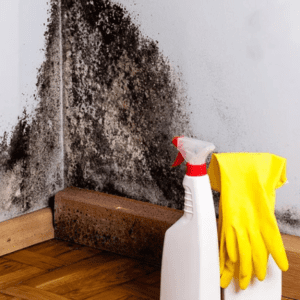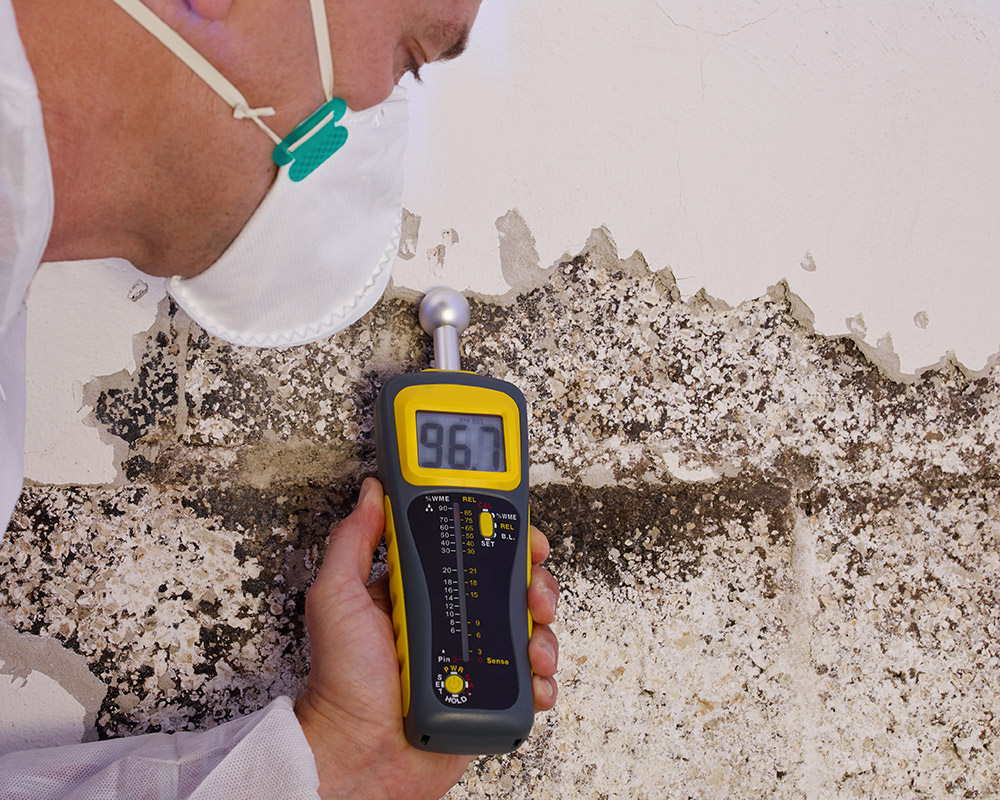After Mold Remediation Approaches for Tidy Areas
After Mold Remediation Approaches for Tidy Areas
Blog Article
Your Ultimate Overview to Article Mold Remediation Techniques
Browsing the world of post-mold removal techniques is a precise procedure that requires focus to detail and a thorough understanding of the details entailed. In the after-effects of mold problem, recognizing just how to effectively remove the mold and avoid its reoccurrence is paramount for preserving a healthy indoor environment. From choosing the ideal cleaning and sanitizing techniques to implementing strategies for long-term mold and mildew avoidance, each action in the remediation journey plays a crucial role in guaranteeing a successful result. As we start this exploration of post-mold removal methods, we will discover the essential methods and best techniques that can help you recover your area to its pre-mold problem and guard it against future mold hazards.
Comprehending Post-Mold Removal Refine
After completing the mold remediation procedure, it is essential to comprehend the post-mold remediation methods that are needed to make certain a effective and thorough clean-up. Once the mold has actually been gotten rid of, the next step involves cleansing and disinfecting the affected areas to stop any type of regrowth of mold. This includes utilizing specialized cleaning representatives to clean down surfaces and kill any type of remaining mold and mildew spores. It is vital to dry the area completely to discourage the development of mold and mildew in the future (what to do after mold remediation). Correct air flow and dehumidification can aid in this procedure.
Moreover, performing a last evaluation post-remediation is essential to guarantee that all mold and mildew has actually been successfully removed. This inspection must involve an extensive aesthetic check in addition to perhaps air sampling to validate the absence of mold spores airborne. Extra removal may be essential if the examination exposes any kind of lingering mold. Educating residents on precautionary procedures such as regulating moisture levels and immediately dealing with any kind of water leakages can assist maintain a mold-free setting.
Effective Cleaning and Disinfecting Approaches

Stopping Future Mold And Mildew Development

Importance of Proper Air Flow
Proper air flow plays a crucial duty in stopping wetness accumulation, a key consider mold and mildew growth within indoor settings. Efficient air flow systems help get rid of excess humidity from the air, lowering the possibilities of mold and mildew spores finding the dampness they need to sprout and spread. Without appropriate air flow, indoor areas can become a reproduction ground for mold, causing potential health and wellness threats and structural damages.
By ensuring appropriate air blood circulation, ventilation systems can likewise aid in drying out wet areas faster after water damage or flooding occurrences, better preventing mold and mildew growth. Post Remediation verification. In spaces like bathrooms, kitchens, attics, and basements where wetness levels often tend to be greater, mounting and keeping reliable air flow systems is essential in stopping mold and mildew problems

Surveillance and Upkeep Tips
Given the important function that appropriate air flow plays in avoiding mold growth, it is imperative to develop effective monitoring and upkeep tips to make certain the continued capability of ventilation systems. Regular assessments of ventilation systems must be conducted to look for any type of indicators of blockages, leaks, or malfunctions that might restrain correct airflow. Monitoring humidity levels within the residential or commercial property is additionally important, as high moisture can contribute to mold and mildew find out this here growth. Setting up a hygrometer can aid track humidity degrees and alert house owners to any spikes that might require interest. In addition, ensuring that air filters are consistently cleaned or replaced is crucial for maintaining the effectiveness of the ventilation system. Carrying out a timetable for routine upkeep jobs, such as duct cleansing and heating and cooling system assessments, can aid prevent problems prior to they escalate. By staying attentive and proactive to the condition of ventilation systems, property owners can efficiently alleviate the threat of mold and mildew regrowth and keep a healthy and balanced interior environment.
Final Thought
Finally, post-mold remediation techniques are important for guaranteeing a you could look here clean and secure environment. Comprehending the procedure, applying reliable cleansing and sanitizing techniques, stopping future mold growth, maintaining proper air flow, and normal tracking are all vital action in the removal procedure. By adhering to these standards, you can effectively get rid of mold and mildew and stop its return, functioning or advertising a healthy and balanced living area for all occupants.
In the results of mold problem, understanding just how to efficiently get rid of the mold and stop its reoccurrence is critical for keeping a healthy indoor environment. Once the mold and mildew has been gotten rid of, the following action involves cleaning and sanitizing the influenced areas to stop any kind of regrowth of mold - testing air quality after mold remediation. After removing visible mold and mildew development, it is essential to clean up all surface areas in the damaged location to eliminate any type of staying mold and mildew spores. To further enhance mold avoidance measures, it is vital to address underlying issues that originally led to mold development.Offered the essential function that proper air flow plays in stopping mold and mildew development, it is imperative to establish effective tracking and maintenance ideas to make sure the ongoing performance of air flow systems
Report this page